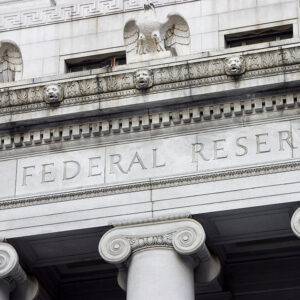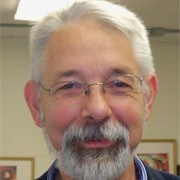Although accounts differ, William of Ockham coined the phrase “Entia non sunt multiplicanda praeter necessitatem” (“Entities must not be multiplied beyond necessity”), also known as “Ockham’s Razor.”
Ockham passed this mortal coil in the mid-14th century, but his razor remained a long-lived legacy until its burial recently. After obtaining uncountable permits and licenses, filing environmental impact statements and evaluations, satisfying disposal requirements making air quality and minimal damage statements, doing the “Diversity, Equity and Inclusion” thing, and making the obligatory territorial and land acknowledgments, Ockham’s razor could be buried.
We knew that Ockham was finally buried after the collapse of Silicon Valley Bank on March 10. Discussions of the failure have seemed never-ending when the reason is straightforward. The Federal Reserve Bank of San Francisco needed to do its job. Hard stop!
Negligent regulation enforcement by the San Francisco Federal Reserve Bank is responsible for SVB’s demise. The recent Board of Governors Report, in a world-class display of understatement, asserts “supervisors did not fully appreciate” the vulnerability of SVB.
The Fed acknowledged the elementary banking problems of SVB borrowing short and lending long, creating an incendiary pile of rags reminiscent of the savings and loan debacle of the 1980s, and did nothing about it.
According to its rules, “the Federal Reserve is responsible for supervising and regulating certain segments of the financial industry to ensure they employ safe and sound business practices and comply with all applicable laws and regulations.”
In each of the most recent crises the Federal Reserve failed to carry out its responsibilities. At the end of the day, the California Department of Financial Protection and Innovation closed SVB, not the Fed, which appointed the Federal Deposit Insurance Corp. as a receiver.
The Federal Reserve Bank of San Francisco employs 1,800 people with 500 banks to regulate with the simple mandate of “(ensuring) safe and sound business practices.” This implies the San Francisco Fed and its employees are supposed to make sure these banks are carrying sufficient liquid assets to ensure safe and sound banking.
“Back in the day,” when the Fed did its job, every bank was visited by (examined by) auditors to confirm that deposits were available, liquid and protected. Today, while systems are more complex, auditing them has become easier because of the electronic transmission of data. The San Francisco Fed couldn’t perform this fundamental part of its duty.
If Ockham could be resurrected, if only for a day, he would recognize that the Federal Reserve Bank of San Francisco failed in guaranteeing sound business practices allowing the failure of SVB. Unlike the catastrophe of the space shuttle Challenger in which administrators simply ignored the most elementary laws of physics, leading to their violations of those immutable laws, SVB, Ockham would point out, stemmed from the failure of the Fed to do what it is chartered to do. It is not physics but sound banking practices.
Ockham would say the laws do not have to be changed, the Fed’s powers don’t have to be adjusted, the banking system is solid, and more research is not required since it existed on this issue almost a decade ago. Nor do conferences have to be convened. The Fed needs to abide by its rules and do its job, and we will all be better off.


